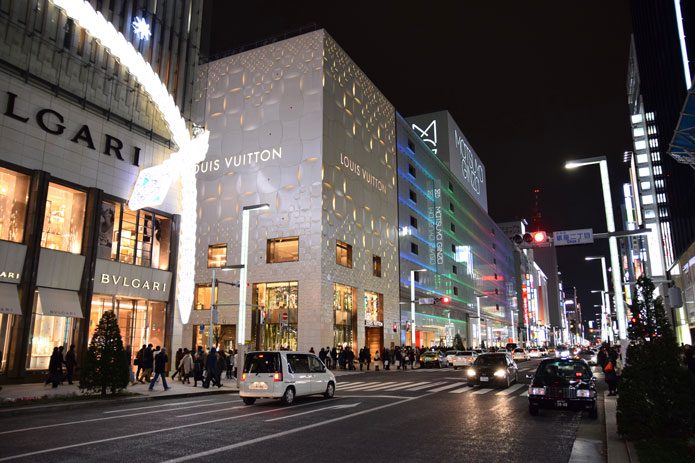
About 953,000 households, or 1.8% of Japan’s total, can be classified as affluent—with savings, property and other assets valued at ¥100–500 million. In addition, some 54,000 households worth more than ¥500 million account for the rarefied 0.1% super-affluent sector of society. Their lifestyles and spending patterns, in sharp contrast with those of the hoi polloi, are eagerly studied by marketers seeking to meet their demands.
So reports the tabloid Nikkan Gendai—which ran a five-part series on wealth in Japan during the week commencing 10 October—have been eagerly studied. The Nomura Research Institute has calculated that, as of 2013, the average household comprised 2.49 individuals, meaning that roughly 2.5mn people in Japan have financial assets of at least ¥100 million.
“Those who are born into affluence are quite different from the nouveau riche and have little interest in items such as Chanel or Hermès brand goods”, said journalist Yuta Nakamori. “Their lifestyles are rather modest and they may reside in a rented condominium. They accumulate savings and don’t really perceive themselves as being wealthy”.
Hiroshi Mikitani, the Rakuten Ichiba shopping portal founder, whose wealth is estimated at over ¥1 trillion, has been ranked the world’s 19th richest person. Mikitani drives a Mercedes-Maybach valued at ¥40 million.
“Mikitani bought a golf course in Gunma Prefecture through a holding company and built an expansive home next to the 18th hole”, according to a source in the financial industry. “Susumu Fujita, founder and president of Cyber Agent, Inc. owns a place nearby. Tadashi Yanai of Fast Retailing (holding firm of Uniqlo) is also said to considering purchasing a course in Hawaii. The affluent are never far from the golf scene, it seems”.
Not surprisingly, the affluent also enjoy the privileges of top-quality medical care. For a joining fee of ¥2.34 million, and an annual charge of ¥540,000, they can become members of the Grand Himedic Club, which has ties to the University of Tokyo Hospital and other top-rated medical facilities.
In the final instalment, Nikkan Gendai noticed that one of the easiest ways to move up into the moneyed class is through marriage to a member thereof. Noting that, over the past half century, the number of women attending medical school has roughly doubled in Japan, the tabloid observed that female physicians court the sons of the wealthy at organised matchmaking parties.